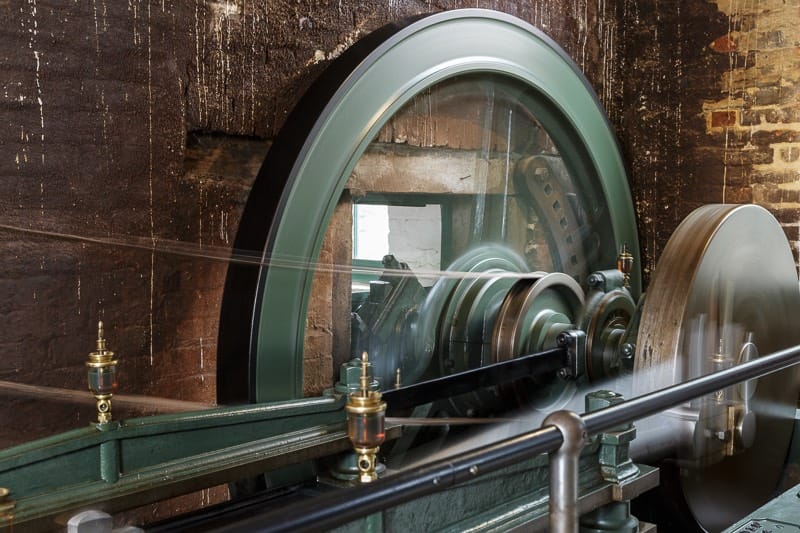We finish up our story of Bursledon Brickworks Museum volunteer Bob Palmer, with a quick…
Cactus collector makes a point: Part one
1.
Cactus collector makes a point: Part one
How far and how often would you travel to support your passion? If you ask Cliff, a long-term collector of cacti, the answer would probably be ‘anywhere’ and ‘as often as possible’. This is his story.
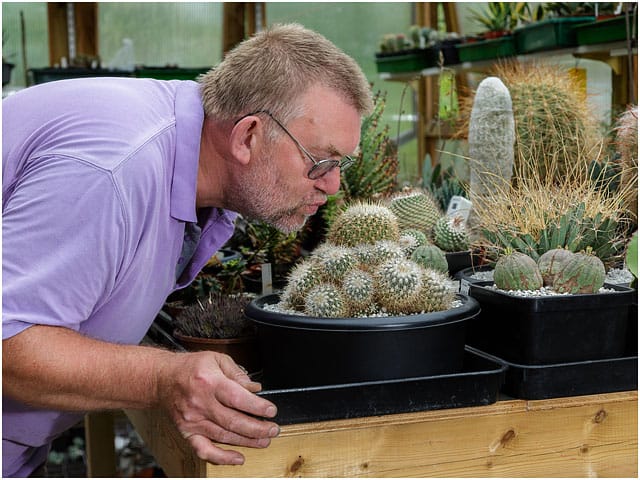
Travel, it would seem, is in his blood. Born in Portsmouth, but with a father working overseas, Cliff spent his pre-school years in Burma and then later, during the school holidays, in the Far East, up until he was thirteen. Leaving school at seventeen to work in the electronics industry, he found that he had a natural affinity for the subject, despite not having received any formal training. In 1984 he set up a whole food business, with his wife Suzanne, which they ran together, successfully, for six years. Unfortunately, because they were unable to raise enough capital to grow the business, in 1989 they were forced to close. Cliff returned to the corporate world where his time working in electronics paved the way for him to become a Technical Author. Once again, although not qualified in this area, he found that he seemed to have a natural aptitude for the role. During the turbulent years of the 1990s, he was made redundant three times, but always bounced back. In 2000, Cliff took a job in Crawley, West Sussex, as a Technical Author and in 2007 transferred departments to become an Obsolescence Engineer. He loved the job, but the horrendous daily commute had made its mark.
You had a health scare in 2006?
Yes, April of that year I had a coronary. Not too bad, I was walking wounded when I got to the hospital. I was very, very lucky. An ambulance had, quite literally, just driven past our house, as my wife put out the emergency call at one fifteen in the morning. Apparently, they turned around at the next roundabout, and came back so fast that they overshot. I can laugh about it now, of course. Because of the fast response, I was being treated in hospital within 25 minutes and suffered minimal damage as a result . I was very fortunate. Not long after that I retired hurt.

Physically or mentally?
A bit of both, actually. In 2008 I was diagnosed with clinical depression, which came as a shock to me [laughs]. It was a friend of mine at the time, who said that I appeared to have all the symptoms that he recognised from other people. I went onto the NHS web site and took their self diagnosis, tick box, questionnaire. My score, of 60% did, indeed, indicate that I was probably suffering from depression. So I went to see the doc and said that I felt it was a bit embarrassing to be there. She was very understanding and said “don’t worry about it. I see three or four people like you every week!” I asked her, what was her advice? She said, “because of your age, if you can afford to retire, I suggest that you do so,” So, between walking back from the doctors and arriving home, I’d decided to call time. It seems that I’d had it for years without realising it. Those seven years of fourteen hour days had taken their toll. My wife said that every weekend I was like a zombie.
Which brings us to 2009. You’ve retired and now have a bit of time on your hands…
So I could indulge in my passion [laughs]
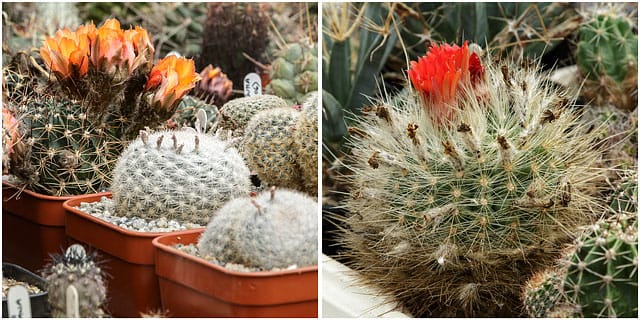
[L] Background (orange flower); Echinopsis (Lobivia) jajoiana; foreground two plants of
the white-spined Mammillaria candida. [R] Parodia sp.]
I’ve always been interested in plants, biology in general, but the interest came through my mother. In 1975, my grandfather died and my father brought home some of his books. In among them was an Ilford Colour Book of Flower Identification entitled ‘Cacti and Other Succulents’ by Lieutenant-General Sir Oliver Leese. I’d always known about cacti, but something in that book gave me the kick for what has become a lifelong passion. Some may say ‘obsession.’
It’s just a magnificent obsession
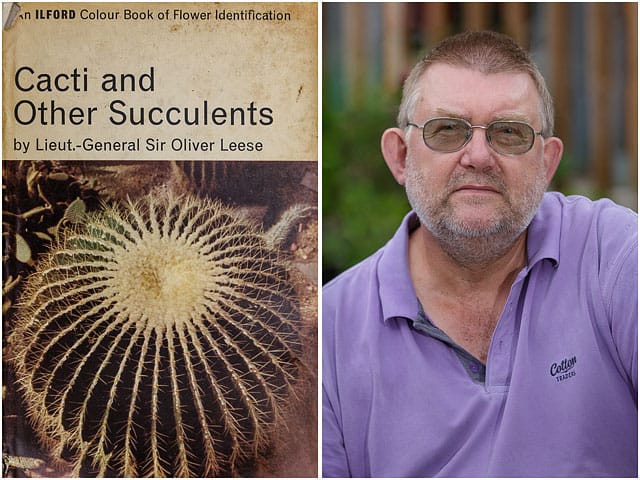
Collecting cacti then began in earnest?
Around this time, 1977/78 my parents were trying to sell their house, but they had difficulty in finding a buyer. I was looking for my first place, so I decided to buy it from them. Originally, I had the cacti in the conservatory, but when I bought the house, I was able, eventually, to build a greenhouse specifically for them. After that, it just went manic [laughs]. I joined the British Cactus and Succulent Society in 1977. I’ve been a member ever since then.
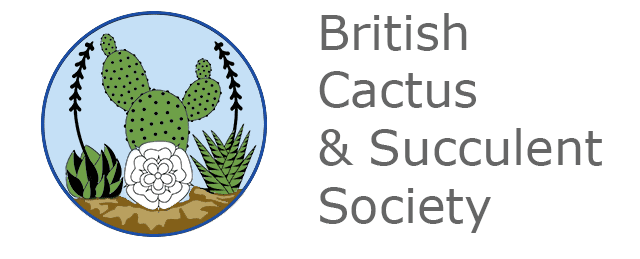
I’d been on a few trips before, but after I retired, I could go abroad a lot more. The first foreign trip that I went on specifically for discovering cacti, was to Chile, back in 2003. I thought, “this will be the trip of a lifetime and that will be it” – I’ve lost count of how many I’ve been on since [laughs]. I’ve been away every year since, apart from 2013, at least once.

Really bitten by the bug then?
Yep, single trips in 2003 through to 2008. From there it gets a bit muddy. But from the end of 2008 into 2009, I was away for a five month trip. That embraced Chile, Argentina, Peru, California, Western Mexico and back to Chile again for the homeward leg. Neither the hire car company, nor the border police, will let you cross the Peru/Chile border in a car, so you have to fly. Then, late in 2009 and into 2010, I did a three-month stint in Brazil across three different States. Home for a month then out to Cuba for a month.
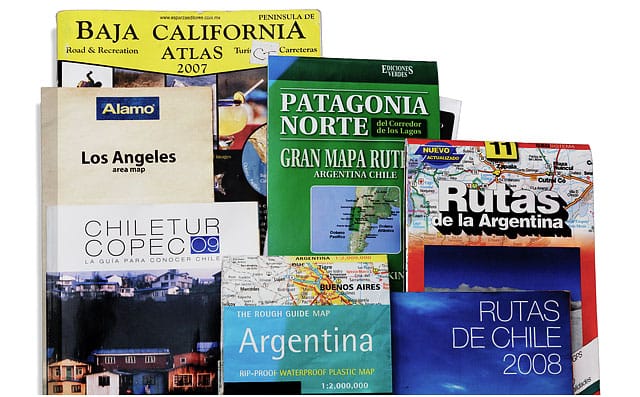
Suffice it to say that you’ve travelled extensively in connection with your passion.
I will say now that I consider myself very privileged to be able to travel, because there are many of our BCSS members (The British Cacti and Succulent Society) who, for one reason or another, are unable to do so. For me, it’s great to be able to travel and bring back an image or impression of what I’ve seen and where I’ve been. Of course, it’s nothing like actually standing on a hill or being there, you can’t really convey the atmosphere of the view, as such, but I try my best. I give something like 8-10 talks a year to various other branches of the BCSS around the UK and occasionally to local Horticultural Societies.
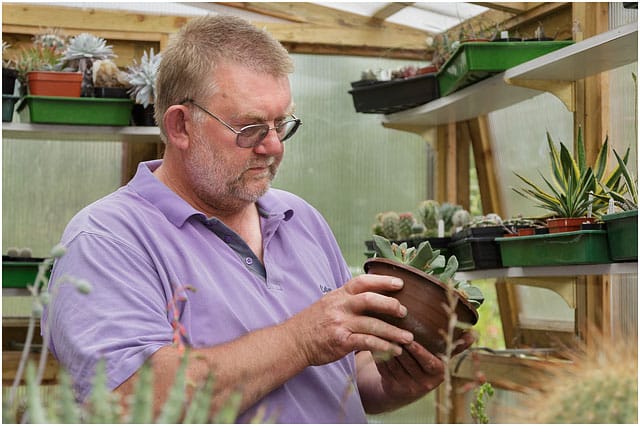
Is this travelling alone or with your wife?
My wife doesn’t fly. She has flown, when the kids were younger, but finds it so traumatic that it’s not worth the trouble. She isn’t interested in my hobby anyway, I don’t think she knows what colour grass is [laughs]. She’s not a plants person at all, but does have her own interests, mainly walking, and goes off with her sister and walking friends etc. while I indulge my interest.
She doesn’t know what colour grass is
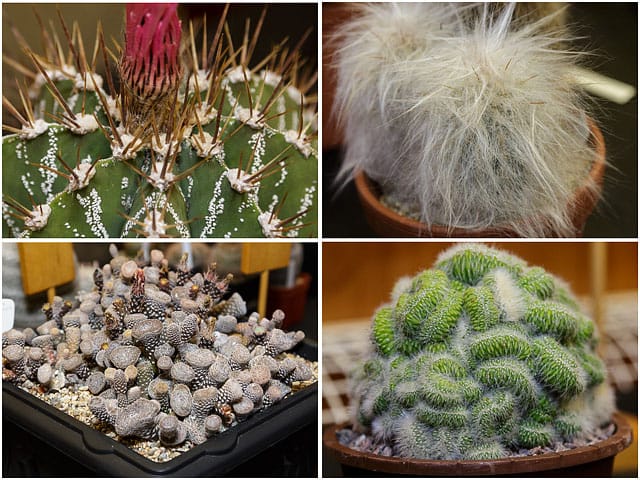
[ Top-L].Astrophytum capricorne [Top-R] Oreocereus celsianus
[Bottom-L].Maihueniopsis clavarioides [Bottom-R].Mammillaria cristate? ]
I’m not paid by the society or anything like that. The travel is all self-funded, but the trips are indirectly as a result of belonging to the society. It’s through them that my interest grew. Over the years, meeting various people within the society, friendships have been formed, and we have ended up travelling together. The people that I travel with are not local; they live all over the UK as well as Belgium, Holland, the USA, Chile and Argentina to name a few . As I’ve said, the travel enables me to give something back to the Society afterwards, in the form of presentations and talks. When all said and done it is the Society that extended my interest in the subject and so directly gave me the introductions to other like-minded folk which eventually culminated in travel in Cactus country!
There must be a lot of logistics to sort out for these trips?
I’m not the greatest organiser [laughs.] Luckily, some of the other guys are. I’ve always said to them, “you organise it and I’ll turn up!!”

I know that there are restrictions on what can and can’t be brought into and out of a country when you travel. Are you able to bring back plants from your trips?
Strictly speaking, only with permits. I have, but only the minimal amount that’s permitted; and only then from countries which do not, in some cases ruthlessly, enforce CITES (Convention in International Trade in Endangered Species). Some countries have gone overboard on the restrictions. Mexico, for example, have just banned everything, which is daft. They shot themselves in the foot because it has meant that a lot of the growers in Mexico, most of which grew from seed or propagated material, are not allowed to export, so have been forced to close. There is a market locally, but only very small because you can step outside your door and there are the plants ready for the taking.
CITES (the Convention on International Trade in Endangered Species of Wild Fauna and Flora) is an international agreement between governments. Its aim is to ensure that international trade in specimens of wild animals and plants does not threaten their survival.
http://www.cites.org/eng
http://www.cites.org/eng
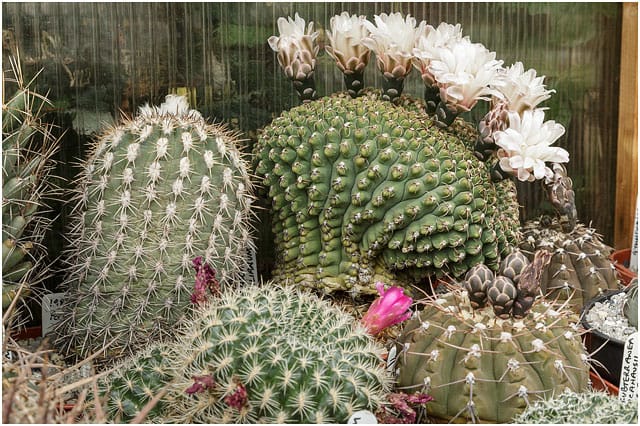
Sulcorebutia vizcarrae (pink flower) and two other Gymnocalycium sp. to the right
(brownish bodies).
If you can’t bring back the plants in the flesh, so to speak, presumably you make some form of photographic record?
Yes. That’s the principal thing that we do. In general, we tend not to dig anything up, although from a purely scientific viewpoint we have been known to excavate beside a plant to study its root structure. There have been examples where we’ve recorded a massive tap-root with a tiny plant on top. Something like that is of interest visually. Sadly though, we’ve been to some known habitats of choice and rare cacti and found them completely stripped of plants – literally not one to be found – we just hope that in these areas there’s sufficient seed in the ground to allow the populations to recover.

Over the years you must have amassed a huge collection of photographs.
Absolutely. But I don’t organise them straight away. I spoke to Paul, one of my fellow travellers, on the telephone the other night, and he asked if I’d sorted through my pictures from the recent trip to Mexico (April 2014). Between him and Ian (another friend and traveller), they must have about 4000 images, which they’ve already named and catalogued. I said “no, I’ve not even looked at them yet.”
When we went on that five months trip in 2009, my friend Paul took 28,500 images, and he had to sort that lot out.
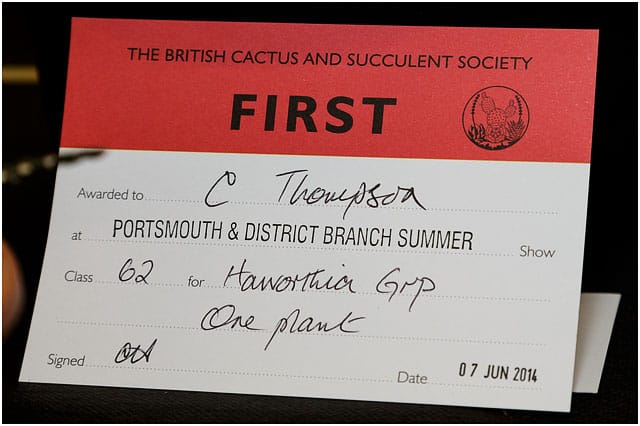
Why the different approach?
When I get around to reviewing the photographs, which won’t be until I do a talk on the trip next year, I get to relive the trip. I’ve not forgotten it, obviously, but I enjoy the experience of it all over again. One of the fortunate things is that Paul keeps a daily diary. This is invaluable in keeping track of the names of the plants we see, their locations and anything else that we’ve seen. I’ve said to him two or three times, I always wait for your diaries to be completed, because then I can do my talks correctly [laughs]. He enjoys that process, it’s just different to the way I approach it.
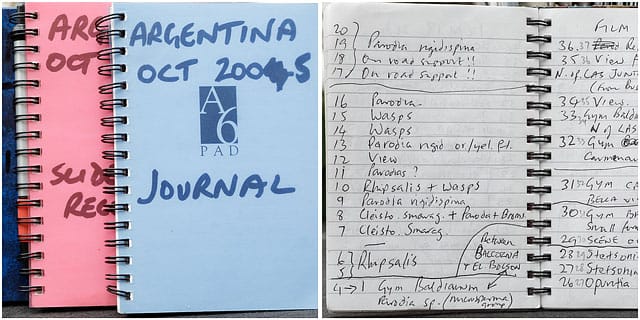
When you travel, are you, by way of cataloguing, ‘collecting’ the plants, in the same way that a plane or train spotter collects vehicle identification numbers?
Effectively yes, but we do like to find other stuff, although it’s rare to find new plants these days. We did see a plant on this last trip in Mexico that’s only been known for about four years. But it was discovered because an area had been opened up for a hydroelectric scheme, and so a road had been cut through. If you’ve got a four-wheel drive, you can follow these tracks. Sometimes they go for kilometres up into the mountains. You get to the end and there’s nothing there, except maybe a sample bore hole. Because it’s so dry in places, in Chile in particular, the track remains for years.
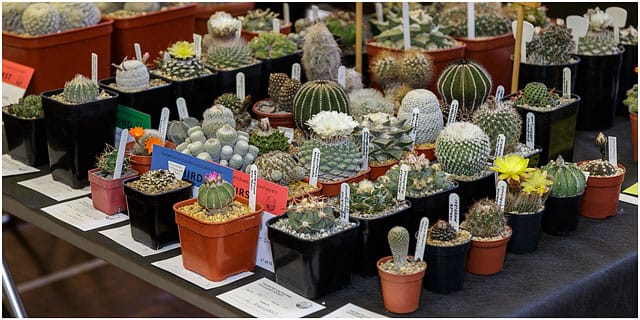
Have you found much in the way of new plants?
Occasionally we’ve come across new populations of plants that are already known about. But completely new, few and far between these days. In the case of the hydro scheme track, an engineer working on the site, who knew a bit about plants, got in touch with the local University because he had spotted something. It turned out to be a new species.
Wikipedia description of Species, Genus, Taxa.
Species – http://en.wikipedia.org/wiki/Species
Genus – http://en.wikipedia.org/wiki/Genus
Taxa – http://en.wikipedia.org/wiki/Taxon
Species – http://en.wikipedia.org/wiki/Species
Genus – http://en.wikipedia.org/wiki/Genus
Taxa – http://en.wikipedia.org/wiki/Taxon
You can find some interesting things up at altitude. The highest I’ve been is 4,800m (15,750 ft), then we decided to go to 5,000m (16,400 ft). Big mistake. I started to feel very weird. 4,800m was just about manageable as long as you didn’t run around, but higher than that is not for me, thanks very much [laughs]. (NOTE: At around 5000m the oxygen content of the atmosphere is is about half of that at sea level.)
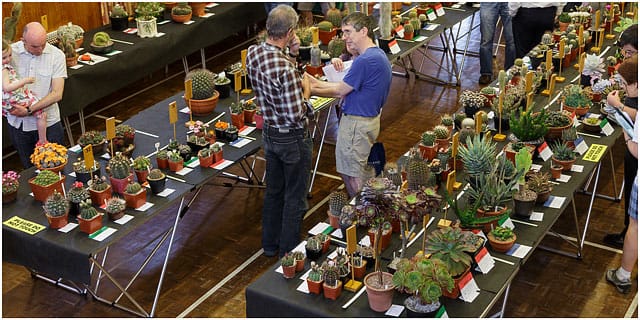
Have there been any occasions where somebody has said “we think there is XYZ in this area”…?
Yes. For instance, going back to the hydro engineer’s find in Mexico, that would be a typical one. The road was there; we were given all the necessary information by the local people because they knew that we were not ‘diggers’ or ’stealers’, so we were granted access. To answer the specific question, we sometimes explore unrecorded areas because the geology or habitat looks promising but we only at best find new populations of known species and very often nothing. Finding something new is the ‘holy grail’ in our hobby. I’m fairly philosophical about it. You never know, I might be blind next year, so I want to make the most of every opportunity [laughs]
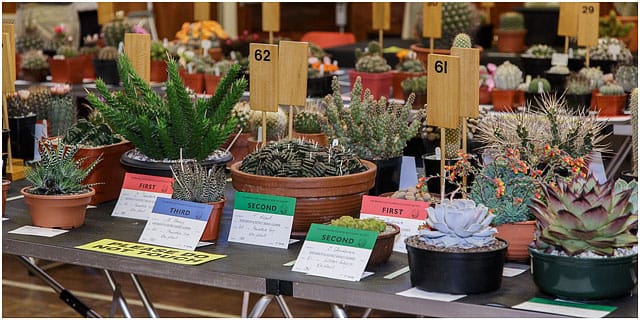
Do you have a wish list of places to visit, or a particular plant that you would like to see?
Well yes. There’s a Genus that I enjoy which is called ‘Thelocactus’. The last trip, in March, we called a ‘Thelothon’. We bastardise most names for convenience and a bit of fun [laughs]. We saw most, but not all of them. The benefits of that particular range of mountains in Mexico (the Sierra Madre Oriental which starts about 400km North of Mexico City, then stretches North and West for hundreds of kilometres) and the surrounding area is that there are so many different Genera and Taxa of cacti, it’s unbelievable. You literally step out of the car and you have cacti. One place, we were parked actually on them because we couldn’t avoid doing so. In some places they are so thick on the ground that you can’t walk between them because there is no ‘between’.
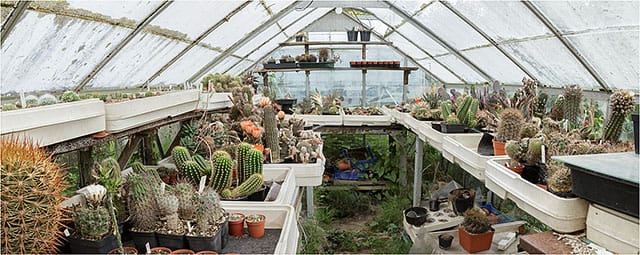
In some places they are so thick on the ground that you can’t walk between them, because there is no ‘between’
Do the locals use the cactus for anything?
There are some uses, but generally, no. The Peyote (the genus Lophophora) is probably best known for its hallucinogenic properties. They discovered that the plants have to be pretty ancient for them to have accumulated the hallucinogenic alkaloids, and you need dozens of them, boiled up, to get anything out of them. Several other genera also contain the alkaloid but are less well-known.
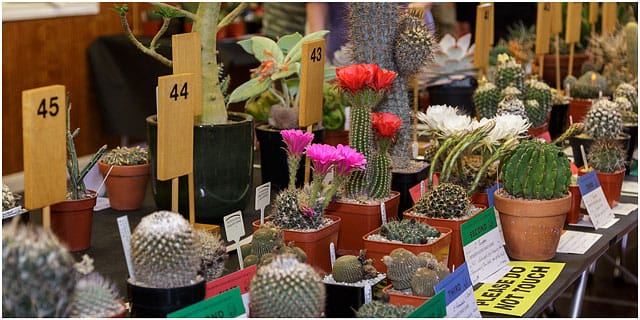
Similar to distilling, I guess?
Yes, the stronger you make it, the bigger the hit. They (Lophophora) are banned from seventeen states in America.
They’re banned from seventeen of the states in America.
I wasn’t sure if the skin could be used for anything?
No, not at all. There has been talk of some medicinal properties in a couple of the plants, but that’s not been proven so far. Some have been used for food. The American Indians used to make an oasis out of them. They would dig a hole in the side of the plant (of the larger cacti) and form a ‘bowl’ and moisture would come out of the plant and fill the ‘bowl’. Apparently, it’s absolutely foul to drink, but, if you haven’t got anything else, you’ll drink anything. Allegedly, they would have staging points for journeys, where the cacti had been hollowed out in case they needed water.
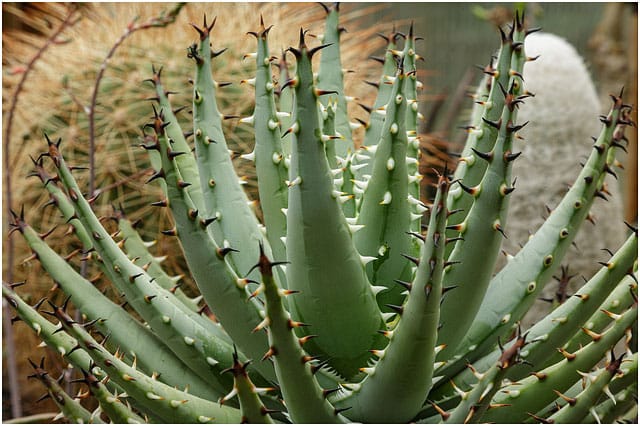
Can any other part be used?
When I say used for food, I’m referring principally to the fruit, not the skin or flesh. Some cactus flesh can be eaten as a vegetable, but without much flavour. Sometimes they (the ‘prickly pear’ flat padded types) are grown for cattle fodder. Not much else that I can think of. The fruit is the part with the sugars for energy etc. The other stuff is like cabbage, but has very little nutritional value for humans. It has some vitamins, but no energy value. An important use was, and still is for ‘timber’.
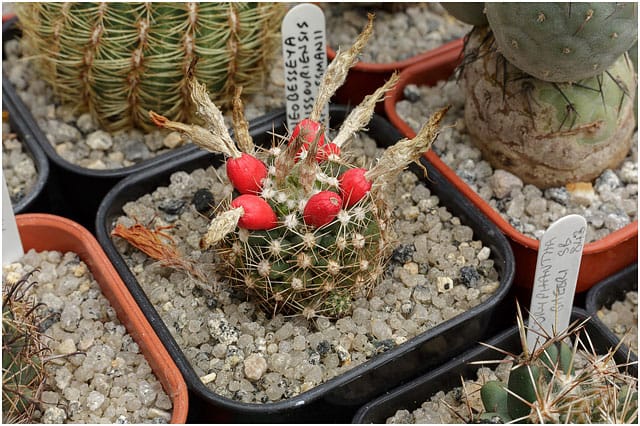
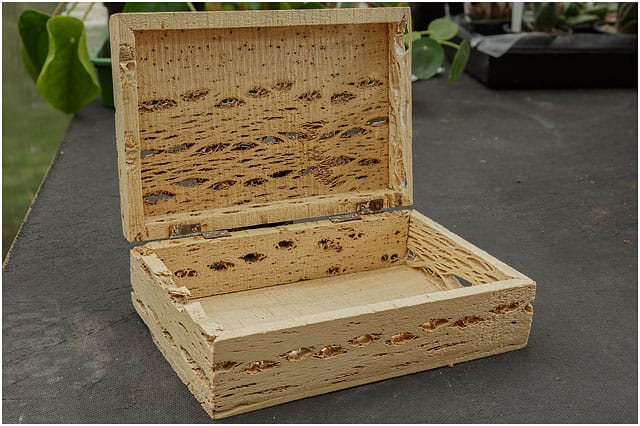
In part two of Cliff’s story, we talk about personal projects, presentations and propagation – how’s that for alliteration! Stay tuned.
Web Links and References of interest
http://www.bcss.org.uk/
https://www.facebook.com/Cactus.Succulent
https://twitter.com/CactusSucculent
http://www.bcss.org.uk/foruma/

